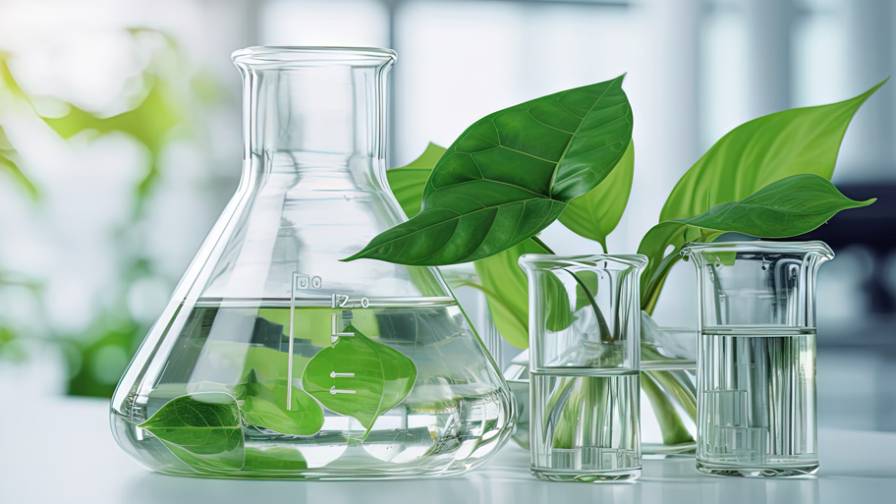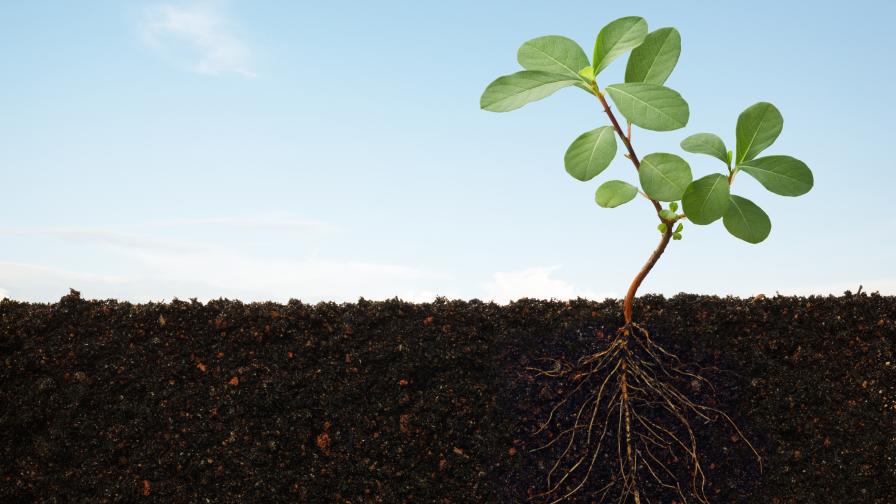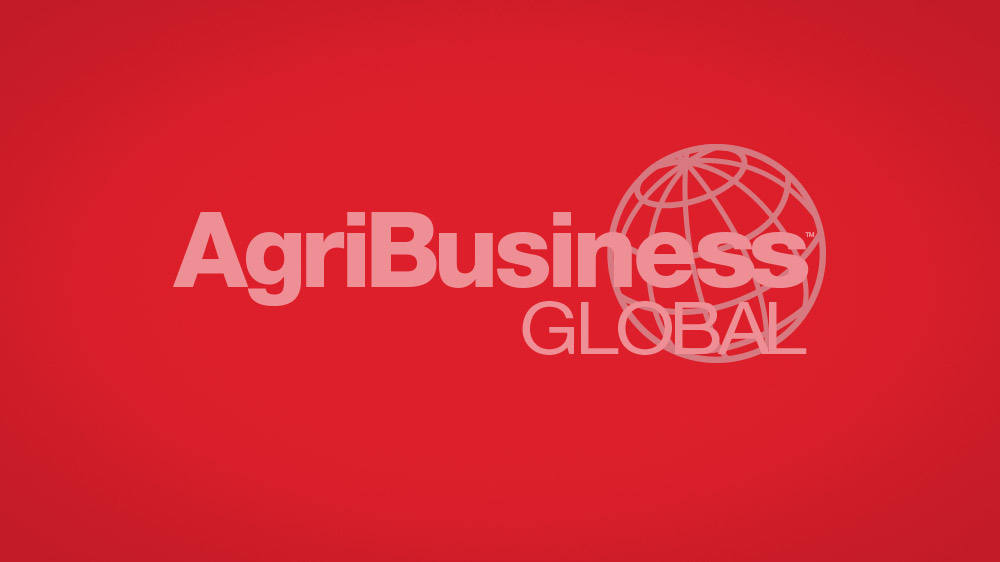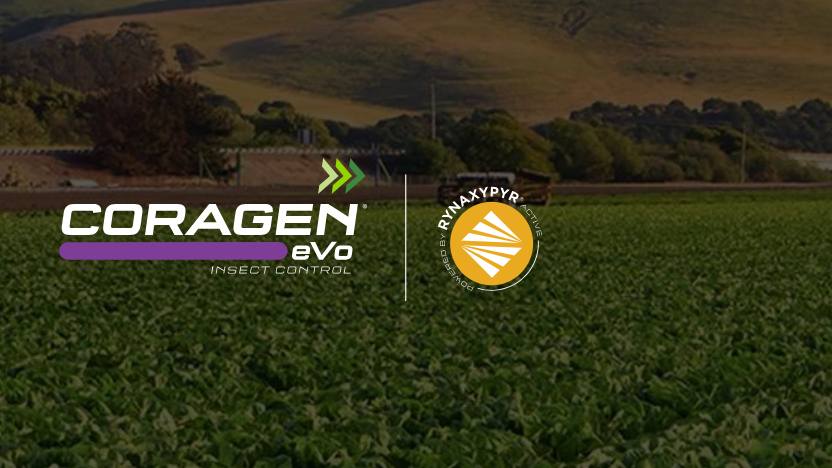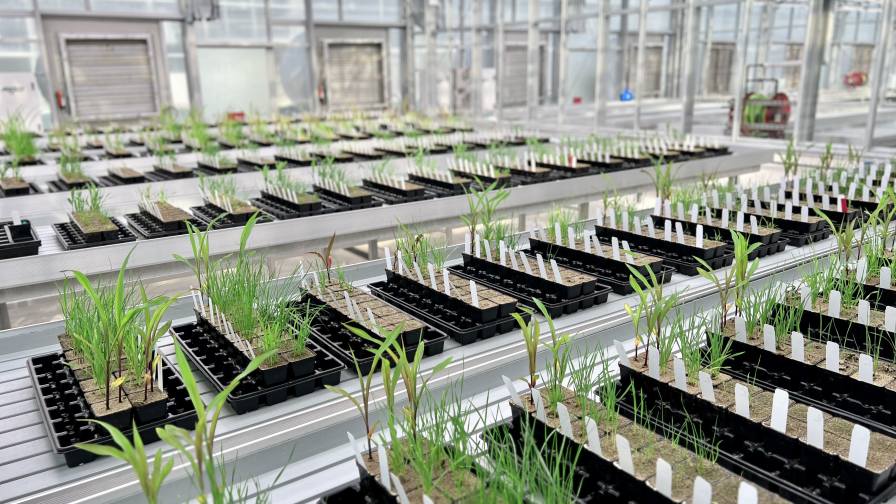A New Revolution
While having the world’s eigth-largest population to feed, Russia is belabored by an arid climate, inconsistent rainfall, and inefficient collective farms with outdated technologies.
Big Country, Big Problems
Russia’s agricultural sector collapsed after the Soviet Union fell in 1991, and while it has recently made a comeback, the country still imports around US $7.3 billion of foreign food annually. With a land area of more than 17 million square kilometers (km), Russia is the world’s largest country by land mass. Geography and climate preclude agriculture on all but 133 million arable hectares (Ha), with only about 60% used for crops.
The country’s economy has affected imports: GDP growth rate is forecast to remain stagnant at 6.5%.
Russia found itself transforming from a command economy to a market economy after the Soviet Union’s breakup. The loss of government subsidies hit large state farms hard; smaller livestock inventories translated into less demand for feed grains, resulting in less grain crop area and reduced use of crop inputs, lowering yields. Still, 14% of Russia’s total workforce is involved in agriculture.
Agricultural Reform
Reform has proven difficult due to the lack of business infrastructure, poor transportation and distribution networks, and financial services. While 3% of agricultural land consists of small, private farms that make up more than half of all production, state farms take up most of the arable land.
Workers can obtain a land grant from the parent farm, but lack full ownership rights — the largest obstacle to modernizing the country’s agricultural sector. Free purchase of land for agricultural use is prohibited, and if a landowner uses agricultural land for non-agricultural purposes, he loses the land title.
As land cannot be used as collateral to secure a loan, many smaller farms rely on outside investors. However, two-thirds of the interest rate on loans can be subsidized by the government, which also offers subsidies for the purchase of crop protection products.
Lately, small farms have been the beneficiaries of more subsidies, mostly due to higher GDP from increased industrial production. In 2006, over US $1.46 million in credit was distributed to more than 100,000 recipients; a year before, almost $138,000 in credits were handed out to just 2,500 borrowers. “In-kind” credits provide seed, fertilizer, and other crop inputs in exchange for grain harvested at the end of the season.
Formally seeking accession to the World Trade Organization for 13 years, Russia is closer than ever, although countries such as Moldova and Costa Rica have yet to agree to Russian membership.
Growing Grains
Russia is an interesting market: its primary agricultural focus is grain. Due to the nature of its second largest crop, sugarbeets — which comprise more than 20% of Russia’s agricultural output — and its main crop, cereals, at 50.5% of all Russian crops, growers depend mostly upon herbicides.
Covering 23 million to 26 million Ha with an average annual output of around 40 million tonnes, wheat makes up more than half of Russia’s grain production. About 70% is milling quality grain with the remaining 30% classified as feed grade.
Russia’s 2007 grain export prices were significantly lower than most world prices. In late December 2007, Russian President Vladimir Putin pushed to make the country’s agriculture sector competitive against foreign imports. “We have to develop our own agriculture,” Putin said. Russia’s food products “must be higher quality and cheaper” than imports, which became more expensive after the country’s 1998 economic crisis.
Grown on 10 million Ha, barley is Russia’s second major grain crop; however, average production of around 16 million tonnes was substantially reduced last year due to drought.
Almost all Russian barley — 95% of area and 90% of production — is spring barley produced for animal feed and around half of the 1.2 million tons Russian brewers demand per year.
Corn takes up around 4 million Ha each year, but less than 20% — between 0.6 million and 0.8 million Ha — goes for grain; the rest is chopped for silage.
Russia is also one of the world’s top producers of sunflower seeds, one of country’s most consistently profitable crops. Minor crops are rye, oats, buckwheat, millet, and soybeans, the latter of which has an annual output of only 0.4 million tonnes.
Fighting For Authenticity
DuPont fungicides Curzate and Tanos, along with herbicides Granstar, Basis, Caribou, and Titus, are widely distributed in Russia. Bayer CropScience and Syngenta also have a significant market presence. However, counterfeit and illegal crop protection products are a problem. A 2006 conservative estimate from the Russian government placed counterfeit ag chemicals at 10% of the market. The problem has continued to grow, said Sergey Shurygin of the Russian Federal Customs Service, which several years ago “tracked down 154 cases of counterfeit product being brought into the country,” he said. “In 2005, the same figure grew to 390 cases, and in 2006 to 1,628 cases.” The problem is widespread, says Vladimir Popovitch, a deputy director from Rosselkhoznadzor — the Federal Agency for Veterinary and Phytosanitary Supervision: “There is not a region where counterfeit products have not been found.”
Last May, the Russian government, together with leading pesticide manufacturers BASF, Bayer CropScience, Dow AgroSciences, DuPont, and Syngenta, announced a campaign to counter counterfeit and illegal pesticides and fight the growing problem through improved legislation and prevention of illegal imports, increasing growers’ awareness, improving production control, bolstering cooperation with the distribution chain, and supporting development and use of new technologies to fight counterfeiting.
Popovitch says: “One of the main methods of this fight is the increase of the awareness and consciousness by the professionals responsible for purchasing crop protection products.”
